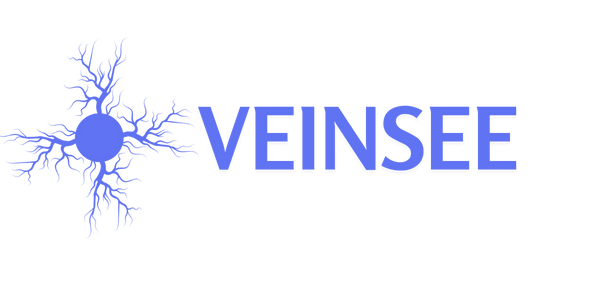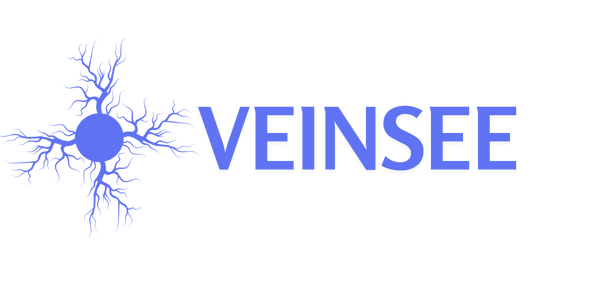Vein finders: A solution for difficult intravenous access
Intravenous (IV) access is a prevalent medical procedure involving the insertion of a needle into a vein in order to administer fluids, medications, or draw blood. However, it can be challenging to locate a vein, particularly in patients with dark skin, obesity, or other conditions that reduce the visibility of veins.
Vein finders are portable devices that use near-infrared light to project an image of the patient’s veins onto the skin’s surface in real time. This makes it simpler for medical professionals to identify and assess veins suitable for IV access.
Vein finders are particularly useful for patients with problematic venous access, including:Patients with dark skin
Patients with obesity
Patients with diabetes
Patients with cancer
Patients with drug addiction
Patients who are dehydrated
Patients who are in shock
Patients who have had multiple previous IV attempts
Vein finders offer a number of benefits for both healthcare professionals and patients:
For healthcare professionals, vein finders can help to:
- Increase the first-attempt success rate of IV insertion
- Reduce the number of total IV attempts per patient
- Reduce the time required to successfully achieve IV access
- Reduce the risk of complications associated with IV insertion, such as hematoma and extravasation
For patients, vein finders can help to:
- Reduce the number of needle sticks
- Reduce the pain and discomfort associated with IV insertion
- Improve the overall patient experience
In addition to the benefits listed above, vein finders can also be used to:
- Determine veins suitable for blood transfusions.
- Determine vessels for procedures such as dialysis and chemotherapy.
- Educate patients on their own vein anatomy
- Assist patients with self-medication at home.
Vein finders are a beneficial instrument for both medical professionals and patients. They can facilitate simpler, safer, and less painful IV access.
As a result of technological advancements, vein finding devices are becoming more portable, affordable, and user-friendly. In addition, they are integrating new capabilities, such as the ability to detect the depth and diameter of vessels and to provide real-time feedback on needle placement.
In the foreseeable future, vein finders are likely to be utilized in even more medical contexts. They may also contribute to the creation of new medical technologies, such as wearable devices that can monitor blood sugar levels or deliver medication through the skin.



